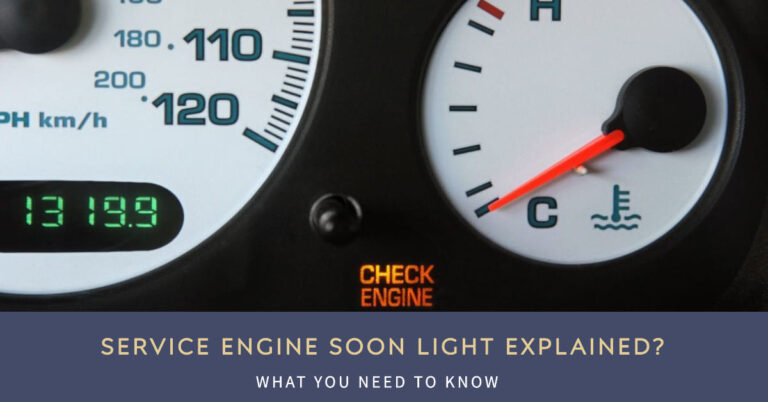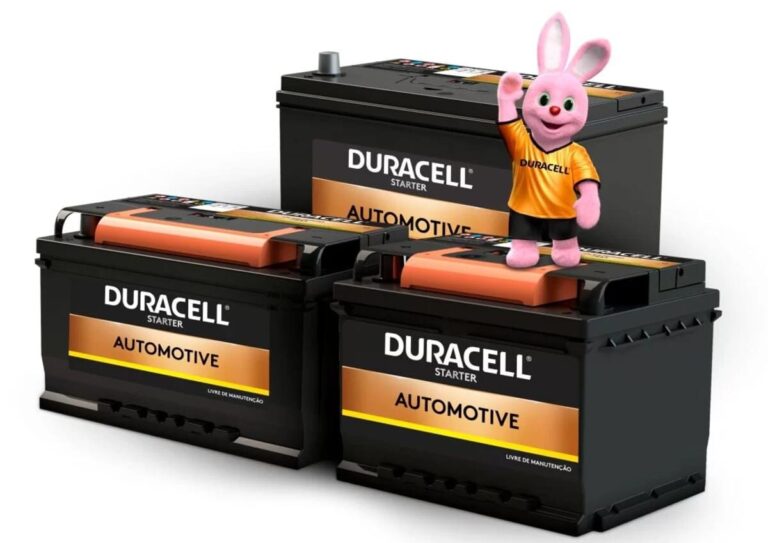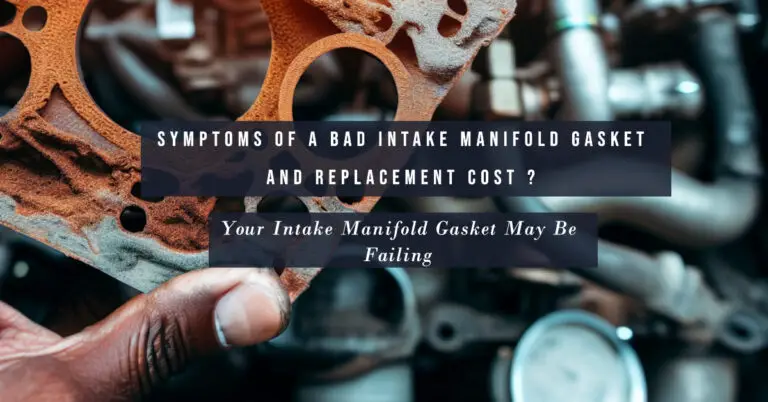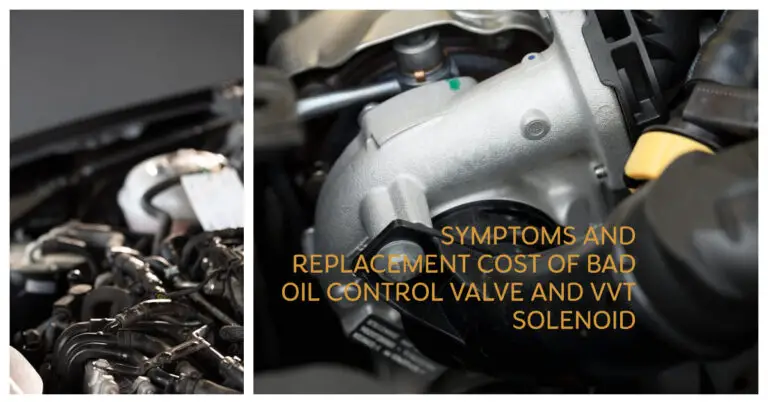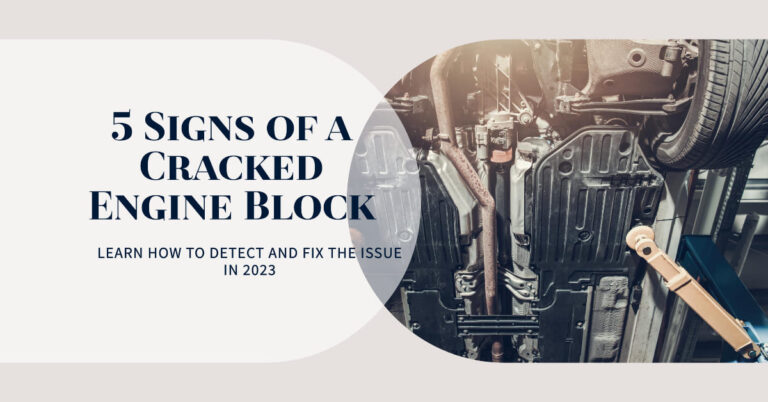How to Rebuild a Transmission? Easy Guide

Transmissions are one of the most complex components in vehicles, responsible for smoothly shifting gears to transfer power from the engine to the wheels. Over time, transmission parts like gears and shafts endure immense stresses, eventually wearing down and requiring major repair. When transmission problems emerge, drivers often ask: How difficult is it to rebuild a transmission?
Rebuilding a transmission is an involved but cost-effective process compared to replacement, which any DIY mechanic can complete with the right tools, workspace, and patience to follow crucial steps. This comprehensive DIY guide covers when you need a rebuild, what’s entailed, step-by-step instructions, tips to avoid mistakes, costs, swap considerations, and expert answers to frequently asked questions.
We’ll specifically break down:
- Symptoms that indicate your transmission needs a rebuild
- Pros and cons of rebuilding vs replacing your transmission
- Must-have parts, tools, and safety equipment
- Work area preparation for a smooth DIY rebuild
- The complete step-by-step transmission rebuild process from A to Z
- Estimated costs and options for saving money
- Helpful troubleshooting tips from transmission rebuild experts
- FAQs on common transmission rebuild questions
Equipped with these details, you can decide if tackling a transmission rebuild is right for your skills and budget, then fully prepare for this extensive project if you choose to forge ahead.
Table of Contents
When Do You Need a Transmission Rebuild?
Determining if your transmission truly requires a rebuild versus minor repair involves detecting certain telling symptoms. Here are the top signs a rebuild is imminent:
- Slipping gears – Your RPMs surge but speed fails to increase as gears slip. This commonly happens when shifting into higher gears at higher speeds.
- Leaking fluid – Trans fluid puddles under your vehicle indicate seals & gaskets need replacement.
- Burning smell – The transmission overheating from slipping gears or lack of lubrication produces a distinctive burning odor.
- Delayed engagement – You push the gas but experience a long lag before acceleration.
- Check engine light – Error codes confirm mechanical issues like solenoid failures.
- Loud noises – Clunking, humming or whining noises point to internal damage.
- Failed component – Your mechanic diagnoses a specific damaged part in need of rebuild.
Rebuilding or replacing a severely damaged transmission is unavoidable. But is it better to rebuild or replace? Here are the key differences in the rebuild vs replace decision:
Transmission Rebuild vs Replacement Comparison
|Rebuild | Replacement —|—|— Cost | $1,500-$3,500 | $3,000-$5,000 Parts Quality | Mostly reused & some new | All new or remanufactured Labor Time | Longer, extensive rebuild | Shorter, simple swap Reliability | Potential variability with reused parts | Consistent with all new parts Skill Level | Advanced DIY or shop job | Shop task with computer reprogramming
The pros of opting for a rebuild include:
- Cost savings – Reusing components cuts parts expense by 50% or more
- Familiarity – Knowing your transmission’s service history if you rebuild
- Environmental benefit – Less waste from reusing components
Cons associated with transmission rebuilds involve:
- Variability – Durability of reused parts is uncertain
- Complexity – Far more labor-intensive process than a swap
- Shop skill needed – Precise expertise required to rebuild internal components
After weighing the rebuild route based on your budget, skills and transmission repair history, the next key steps are preparation and understanding the full rebuild procedure before getting your hands dirty.
Preparing for a Transmission Rebuild
To set yourself up for rebuild success, gather the necessary equipment, choose an appropriate workspace, and implement safety precautions.
Parts & Tools Needed
At minimum, acquire the following transmission rebuild parts and supplies:
- Gasket kit – Includes all seals, o-rings and gaskets
- Filter kit – All new filters for removing debris
- Fluid – New transmission oil meeting OEM specifications
- Friction discs & plates – New clutch discs if worn
- Solenoids – Replacements if faulty
- Misc. small parts – Bushings, bearings, springs, fasteners
You’ll also need an extensive assortment of mechanic’s tools:
- Socket sets – Various 3/8″ and 1/2″ drive metric and standard sockets with ratchets
- Wrenches – Standard and metric combination wrenches
- Screwdrivers – Phillips and flat head varieties
- Pliers – Standard, needle nose, and lock ring pliers
- Pullers & hooks – For removing gears and bearings
- Inspection mirror – For viewing internal transmission components
- Magnets – Retrieving dropped hardware
- Measuring tools – Micrometers, calipers, feeler gauges
Work Area, Lift & Fluids
All rebuild work should take place in a clean, dry, and temperate garage or workshop area. You’ll need ample lighting, outlets for power tools, sturdy work benches, and plenty of space. Since the average transmission weighs between 150-250 lbs, floor jacks and jack stands are instrumental for safely raising and supporting your transmission at a comfortable working height. Also designate catch pans for collected transmission fluid and organized parts storage.
Safety Precautions
To prevent injury and contact with harmful fluids, be sure to wear:
- Protective gloves
- Safety goggles
- Closed toe shoes
- Ear protection when using power tools
- Dust mask if blowing components off with compressed air
Step-by-Step Transmission Rebuild Process
Completing an entire transmission rebuild has roughly 12 major steps that tear down, thoroughly clean and inspect, reassemble, and reinstall your transmission with all new gaskets, seals, filters, fluids, and worn hard parts. Here is the full sequence:
1. Remove Transmission
- Disconnect negative battery terminal
- Jack up vehicle securely on stands
- Label and disconnect any electrical connectors, lines, linkage
- Unbolt transmission housing and detach driveshaft
- Carefully separate transmission from engine and lower it
- Secure to transmission jack or rests on ground
2. Complete Tear Down
The meticulous teardown process separates all individual components for thorough cleaning and inspection. This crucial step sets the foundation for a smooth-shifting rebuilt transmission.
- Methodically tag and bag each part grouping with labels
- Document part order and orientation with photos
- Carefully disassemblebell housing, torque converter, valve body, gears
- Use proper tools to contain exploding clutch springs
3. Wash & Dry Components
Transmission components must be pristine to operate properly when rebuilt.
- Wash in solvent tank or with spray cleaner and stiff brushes
- Use compressor to blow out fluid passages
- Allow parts to fully dry to prevent corrosion
4. In-Depth Inspection
A thorough inspection after cleansing Parts reveals the full scope of needed replacements. Closely check:
- Gears for abnormal wear, pitting, cracking, distortions
- Sealing surfaces for grooving and irregularities
- Bearings and bushings for play or roughness
- Shafts for straightness and journal imperfections
- Friction discs for adequate thickness
- End play specifications with dial indicators
- Electronic sensors resistance levels & solenoids
5. Order Replacement Parts
After identifying faulty components, purchase quality replacement parts like bearings, bushings, solenoids gears, hard parts, and all new soft parts in the gasket/seal kit. Using high-grade new components vastly improves potential transmission longevity versus only reusing worn parts.
6. Correct Irregularities
Before reassembly, resurface and smooth anysmall defects found on reused parts:
- Dress bearing surfaces with fine grit stones
- Hone bushings to precise fit if ovalized
- Polish scratched sealing surfaces with emery cloth
- Trim gears to correct end play spacing
7. Reassemble Internals
Rebuild experts recommend completing all intricate internal reassemblybefore integrating the transmission case. Key pointers:
- Closely follow part order notations
- Check end play with dial indicators
- Stake caps and fasteners with punch
- Install new seals, gaskets, o-rings, and friction discs
8. Bolt Case Halves
The transmission case encloses all cleaned and rebuilt internals:
- Inspect case sealing surface for flatness
- Apply liquid gasket sealant or silicone
- Torque case bolts to exact specs
9. Refill Fluids
Replenish fresh transmission fluid to provide vital cooling and lubrication:
- Pour OEM-approved oil through dipstick tube
- Cycle gears while adding to spread throughout
- Check plugs and lines for any leaks
10. Reinstall Transmission
With rebuilt transmission reconnected to engine, complete reinstallation under the vehicle:
- Secure on jack to align with engine
- Attach mount hardware and driveshaft
- Connect shifter linkages, lines, wiring
- Refill with more fluid as needed
11. Road Test
The all-important road test checks operation and adjusts if needed:
- Drive through all gears
- Verify smooth shifting engagement
- Correct leaks and adjust bands for firm shifts
- Road test a second time before considering complete
12. Final Inspection
- Check fluid color for contamination
- Top off levels after test drive
- Inspect for leaks underneath
- Reset any engine codes
And with that, your transmission is rebuilt! While this comprehensive process is complex for a first-timer, taking it slow and methodical with organization and photos guarantees a reliable outcome.
Doing a Transmission Swap vs Rebuild
Some situations better warrant doing a transmission swap using a used/remanufactured unit instead up a rebuild. Consider a swap if:
- Certain internal parts are unavailable for your model
- Overhaul costs exceed replacement transmission cost
- You lack rebuild equipment, skill and workshop space
Pros of opting for a swap include:
- Simplicity – Bolts in easier than meticulous rebuild
- Saving labor – Swap done in under 5 hours typically
- Warranties – Certified reman units have 12-24 month warranties
The cons of transmission swaps involve:
- Programming – Replacement transmission must sync with vehicle computer
- Compatibility – Getting identical transmission or using adapters
- Defects – Risk of undiagnosed problems in used transmissions
If the swap route makes more sense, take care in sourcing a suitable used/remanufactured transmission from a reputable seller that stands by their products. They should also handle any computer reprogramming to sync the new transmission if required.
Here is a quick rundown of the simpler swap process:
- Procure transmission with matching specs
- Disconnect and remove old transmission
- Disconnect wires, sensors, mechanical linkages from replacement
- Secure new transmission to engine
- Reconnect all attachments
- Refill transmission fluid as needed
- Road test thoroughly after install
Cost to Rebuild a Transmission
Transmission rebuilds have significant parts expenses paired with extensive labor times that add up. Expect to budget:
- $800-$1,200 in parts – Gasket sets, filters, fluids, small components
- $700-$2,300 for labor – Based on mechanics’ hourly shop rates and hours needed. Rebuilds demand 15-25 hours so costs add up quick. Doing it yourself drastically cuts this labor expense down to $0 if you have the skill.
Additional incidentals like:
- Transmission jack rental
- Used parts if available
- Replacement transmission cost if opting to swap instead
- Programming expenses if doing a computer-controlled transmission swap
Factors that increase transmission rebuild costs include:
- Vehicle make and model – Luxury and European cars have pricier parts
- Greater component damage – Requiring more new parts
- Advanced transmission types – Manual versus automatic/CVTs add complexity
- Shop location – Urban shops have higher overheads and labor rates
Getting quotes from several transmission shops ensures fair pricing, and doing the rebuild yourself has the highest potential for major savings.
Transmission Rebuild Tips
These key troubleshooting tips help avoid headaches for first-time rebuilders:
- Invest in a factory service manual with torque specs and procedures
- Take abundant photos during teardown for reference
- Closely follow suggested factory rebuild sequences
- Check end play and tolerances frequently during rebuild
- Road test repeatedly until smooth operation results
Here are quick pitfalls to avoid:
- Mixing up reinstallation order of components
- Forgetting thrust washers causing gear or case damage
- Botching prescribed torque procedures damaging fasteners or parts
- Allowing dust or debris into seals and bearings
- Overfilling transmission fluid leading to leaks
While transmission rebuilds seem intimidating to DIYers, methodically following OEM procedures, investing time and patience pays off for thousands saved over shop quotes.
Frequently Asked Questions
What transmission tools do I need?
Specialized tools like bearing pullers and installers, snap ring pliers, small parts grabs, seal installers and custom wrenches for transmission fasteners are extremely helpful. Manuals detail special tools needed for your transmission model.
Can I rebuild a transmission myself?
With study of repair manuals, ample tools and workspace, patience and mechanical skill, an intermediate to advanced DIYer can successfully rebuild most rear-wheel drive domestic transmissions in their own garage. Electronic and front-wheel drive transmissions add more complexity.
Is it hard to rebuild an automatic transmission?
Yes, automatic transmission rebuilds are far more intricate than standard transmissions due to greater part complexity, precise rebuild procedures and tight tolerances inside for smooth shifting operation.
How long do rebuilt transmissions last?
When all wear items are replaced and rebuild done properly, a rebuilt transmission can easily deliver 60,000 to over 100,000 additional miles of reliable service. Using a reputable shop and adding a short warranty ensures longevity.
What causes a rebuilt transmission to fail again?
Common causes of premature rebuilt transmission failures include: incompetent rebuilds missing damage, improper assembly, use of low quality parts, and inadequate road testing afterwards. Doing your homework picking a shop or DIYing helps avoid these pitfalls.
Conclusion
When faced with major transmission repair, rebuilding yourself or via a trusted transmission specialist presents a far more budget-friendly and sustainable option than costly replacements. Equipped with this A-to-Z transmission rebuild guide’s key steps, critical tips and answers to the most frequently asked DIY questions, you can make an informed decision if tackling one suits your skill level.
While immersed in oil pans and baskets of parts seems intimidating initially, methodically working through proper procedures as outlined leads to an immense sense of DIY accomplishment. Gradually enjoying those smooth, solid shifts over hundreds of thousands of miles in your rebuilt transmission makes all the effort more than worthwhile.


